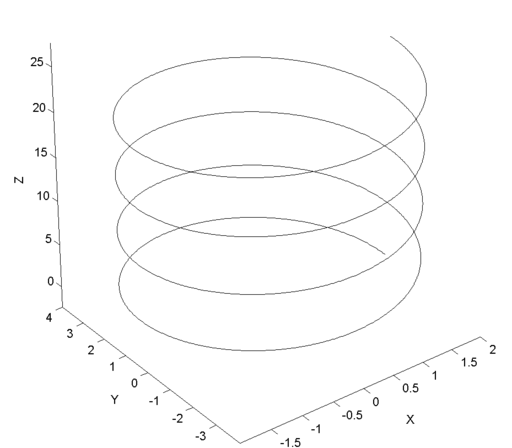What We Review
Introduction
In precalculus, vector-valued functions might seem daunting at first, but they offer a great way to understand motion in a plane. These functions let us model real-world movements by using both direction and magnitude. Enhancing this understanding through the parametrization of vector-valued functions is key to analyzing various paths and trajectories you’ll encounter. So, let’s dive into the essence of vector-valued functions and see why they’re so important!

What Are Vector-Valued Functions?
Vector-valued functions assign a vector to each value in their domain, often time. Think of them as functions with outputs that have both direction and magnitude, not just a single value. These functions are usually written in component form as \mathbf{r}(t) = \langle x(t), y(t) \rangle , meaning they have both x and y components.
Position Vector
Position vectors specify the location of a particle in a plane at any given time, forming the backbone of vector-valued functions. They are often denoted as \mathbf{r}(t) , where x(t) and y(t) represent the horizontal and vertical components, respectively.
Example 1: Suppose a particle moves such that its position at time t is given by x(t) = 3t and y(t) = 2t^2 . Write the position vector for this particle.
Solution:
- Identify the components: x(t) = 3t and y(t) = 2t^2 .
- Write the position vector: \mathbf{r}(t) = \langle 3t, 2t^2 \rangle .
Parametrization of Vector-Valued Functions
Parametrization helps represent motion by assigning a parameter, like time, to trace the path of objects as they move in a plane. By using parametric functions, one can break down complex movements into simpler, manageable parts.
How to Represent Planar Motion
Planar motion is depicted through two separate functions, one for each axis. For example, let x(t) and y(t) denote the parametric equations representing the movement along the x and y axes, respectively.
Example 2: Convert the parametric equations x(t) = \cos(t) and y(t) = \sin(t) into a vector-valued function.
Solution:
- Recognize the components: x(t) = \cos(t) and y(t) = \sin(t) .
- Construct the vector-valued function: \mathbf{r}(t) = \langle \cos(t), \sin(t) \rangle .
Velocity and Position Vectors
Velocity vectors illustrate how quickly and in which direction a particle moves. Unlike scalar speed, velocity is a vector because it involves both magnitude and direction. Is velocity a vector or scalar? Let’s find out!
Magnitude of Velocity Vector
The magnitude of a velocity vector is its speed, or how fast a particle moves regardless of direction.
Example 3: Given the velocity vector \mathbf{r}(t) = \langle 3, 4t \rangle , find its magnitude.
Solution:
- Calculate the magnitude: |\mathbf{v}(t)| = \sqrt{3^2 + (4t)^2} = \sqrt{9 + 16t^2} .
Understanding Magnitude
Magnitude measures the size of a vector, revealing how long a vector extends in space. Whether for position or velocity vectors, magnitude provides critical information about the distance or speed.
Example 4: Calculate the magnitude of the position vector \mathbf{r}(t) = \langle 3t, 2t^2 \rangle and velocity vector \mathbf{v}(t) = \langle 3, 4t \rangle .
Solution:
- Magnitude of the position vector: |\mathbf{r}(t)| = \sqrt{(3t)^2 + (2t^2)^2} = \sqrt{9t^2 + 4t^4} .
- Reusing the earlier magnitude of the velocity vector: |\mathbf{v}(t)| = \sqrt{9 + 16t^2} .
If we choose a specific time, then we can calculate the distance from the origin using the magnitude of the position vector. Similarly, we can use the magnitude of the velocity vector to calculate the speed of a particle at a particular time.
Summary of Key Concepts
- Vector-valued functions express motion and location with both direction and magnitude.
- Parametrization simplifies the understanding of motion.
- Position vectors written as \langle x(t), y(t) \rangle tell us the horizontal and vertical position at specific times.
- Velocity vectors written as \langle x(t), y(t) \rangle tell us the direction of movement in the horizontal and vertical directions at specific times. It depends on the signs of x(t) or y(t) .
- Velocity, unlike speed, is a vector encompassing both magnitude and direction.
- Calculating magnitudes helps quantify the scale of vectors in real-world scenarios.
Vocabulary Reference Chart
| Term | Definition |
| Vector-valued function | A function that outputs vectors with multiple components. |
| Position vector | A vector identifying a particle’s location at each instance. |
| Parametrization | The method of describing motion using parameters. |
| Velocity vector | A vector showing direction and rate of change of position. |
| Magnitude | The length or size of a vector. |
| Speed | The scalar measure of how fast something is moving (magnitude of velocity). |
Conclusion
Exploring vector-valued functions and parametrization provides powerful insights into real-life motions, such as paths of planets or trajectories of projectiles. Mastering these concepts prepares students for further studies in calculus and beyond, offering tools to model and predict complex systems.
Sharpen Your Skills for AP® Precalculus
Are you preparing for the AP® Precalculus exam? We’ve got you covered! Try our review articles designed to help you confidently tackle real-world math problems. You’ll find everything you need to succeed, from quick tips to detailed strategies. Start exploring now!
Need help preparing for your AP® Precalculus exam?
Albert has hundreds of AP® Precalculus practice questions, free responses, and an AP® Precalculus practice test to try out.









